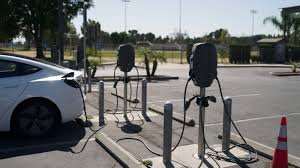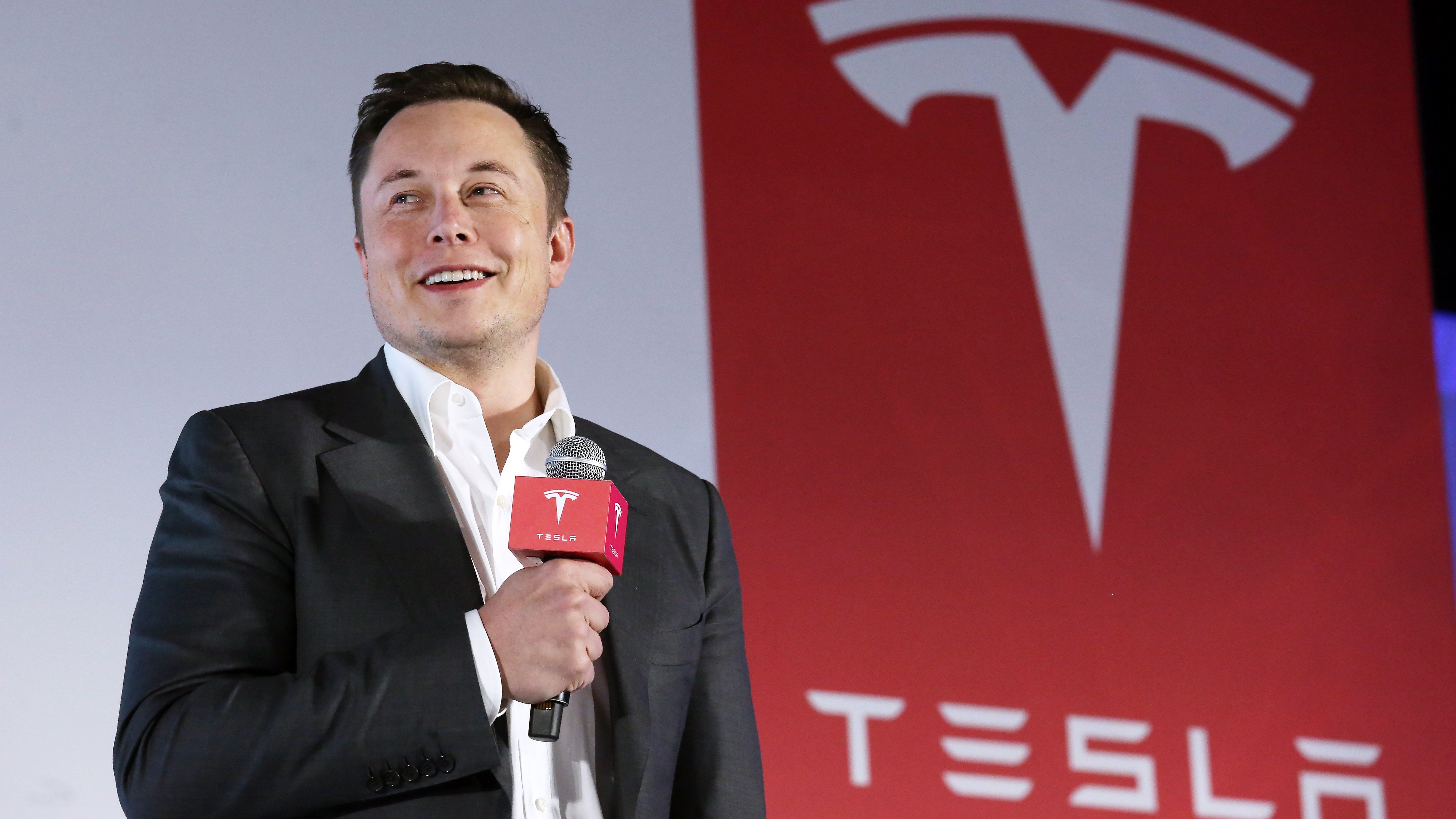The California Energy Commission (CEC) has officially launched the Fast Charge California Project, committing up to $55 million in incentives for the installation of DC fast chargers at publicly accessible sites. What makes this initiative groundbreaking is that, for the first time, the program will cover up to 100% of eligible project costs, removing a major financial barrier for businesses and property owners. Applications are now open and will remain so until October 29, giving potential applicants several months to prepare.
This project is part of the broader California Electric Vehicle Infrastructure Project (CALeVIP), which since 2017 has supported the deployment of nearly 10,000 EV chargers across the state. However, the new funding pool is the largest and most ambitious incentive effort to date, reflecting California’s accelerating push toward its zero-emission vehicle (ZEV) goals.
Eligibility & Priorities
The Fast Charge California Project has been carefully designed to encourage broad participation while ensuring that resources are distributed equitably. Eligible locations include:
-
Gas stations
-
Convenience stores
-
Retail centers and shopping malls
-
Parking lots and garages
-
Any high-traffic public site
To qualify, applicants must have a final utility service design and all required permits already approved, ensuring that projects are shovel-ready and can be completed without unnecessary delays.
Equity is a core principle of the program. Funding priority will be given to sites located in:
-
Tribal communities
-
Disadvantaged areas
-
Low-income neighborhoods
By focusing on communities that have often been left out of the EV transition, the program seeks to ensure that the benefits of clean transportation are shared broadly across California.

Funding Breakdown
The incentive amounts vary depending on the size and capacity of the charging stations:
-
$55,000 per charging port for stations rated between 150 and 274.99 kW
-
$100,000 per charging port for stations rated above 275 kW
-
Total cap: Up to 100% of project costs, depending on system size and eligibility
This structure encourages businesses and property owners to consider installing high-power fast chargers, which are crucial for enabling long-distance EV travel and reducing charging wait times.
Why It Matters
The Fast Charge California Project represents a turning point in EV infrastructure policy for several reasons:
-
Scale & Coverage – It’s the largest CALeVIP project ever, and the first to be available on a statewide basis, making it accessible to urban centers, suburban hubs, and rural communities alike.
-
Financial Accessibility – By covering up to 100% of eligible costs, the program eliminates one of the biggest obstacles to fast charger deployment: high upfront expenses. For small businesses, this could mean installing chargers without assuming additional financial risk.
-
Equity & Inclusion – California has often faced criticism that EV adoption is concentrated in wealthier neighborhoods. By prioritizing disadvantaged and tribal areas, this program aims to ensure that all Californians benefit from the EV transition, not just a select few.
-
Climate & Economic Goals – Expanding fast-charging access is key to meeting California’s target of 100% ZEV sales by 2035. It also stimulates the state’s clean-energy economy, creating jobs in construction, electrical work, and ongoing charger maintenance.
Industry & Consumer Impact
For business owners, this initiative presents a unique opportunity. Retailers, gas stations, and property managers can attract new customers by offering fast, reliable EV charging. Shoppers are more likely to spend time (and money) at locations where they can quickly recharge their vehicles.
For drivers, the program promises greater convenience and confidence. Many EV owners still cite “range anxiety” and limited fast-charging availability as barriers to adoption. By rapidly scaling infrastructure across the state, the program directly addresses these concerns, making EV ownership more practical for families, commuters, and travelers.
For the EV industry, California continues to serve as a national and global model. If successful, this project could inspire similar large-scale funding programs in other states, accelerating the nationwide shift to electrification.

Looking Ahead
With funding sourced from the CEC’s Clean Transportation Program and the Greenhouse Gas Reduction Fund, the Fast Charge California Project signals California’s determination to lead in the clean transportation era. If fully utilized, the program could transform the state’s charging landscape, ensuring that EV drivers can find a fast charger almost anywhere they go.
For businesses, communities, and consumers alike, this initiative represents more than just funding—it’s a pathway to a cleaner, more accessible, and more equitable transportation future.
Recommend Reading: Understanding the U.S. NEVI Program in 2025








Share:
Costco’s EV Charging Pilot Could Transform Shopping Trips for Drivers
Now Judge Allows Class Action Over Tesla’s Self-Driving Claims